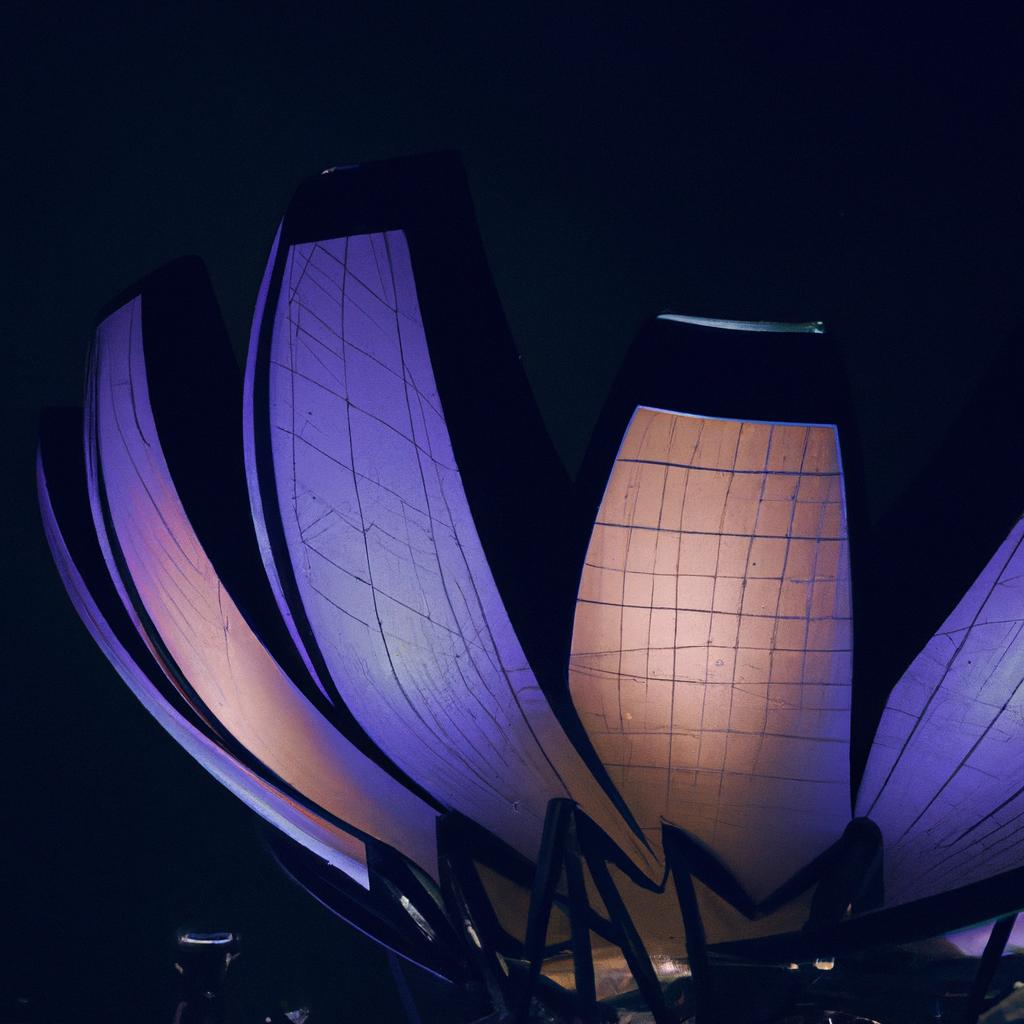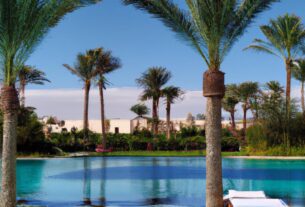As humans, we’ve always been mesmerized by the beauty and complexity of the world around us. From the mysteries of the human body to the vastness of the universe, we constantly seek to understand and appreciate the wonders of nature. Architecture, in particular, serves as a reflection of our society’s values and beliefs, and one building that has captivated many is the Lotus Flower Building.
A Modern Wonder Inspired by Nature
Located in Wujin, China, the Lotus Flower Building is a magnificent example of modern architecture that seamlessly blends form and function. So, what makes this building so special and why is it essential to discuss it in the context of architecture and design? Join me on a journey of discovery as we delve into the history, significance, and design of this iconic structure.
A Tribute to Chinese Culture and Prosperity
Designed by Melbourne-based firm Studio 505 and commissioned by the Wujin government, the Lotus Flower Building pays homage to the lotus flower—a symbol of purity and perfection in Chinese culture. This choice was influenced by the lotus flower’s cultural significance in the region, where it represents prosperity, growth, and good fortune.
A feat of Design Excellence
Completed in 2013, the Lotus Flower Building has become a prominent landmark in Wujin. Its unique location in the middle of a man-made lake enhances its allure. This architectural marvel has received numerous awards, including the prestigious International Architecture Award in 2014. However, its construction wasn’t without challenges. The architects had to overcome obstacles such as the building’s complex shape and the need to incorporate sustainable design elements. Nonetheless, their skill and dedication ensured the project’s timely completion within budget.
The Intersection of Beauty and Sustainability
The Lotus Flower Building exemplifies the harmonious blend of modern architecture and sustainability. Its distinctive shape, akin to a blooming lotus flower, spans ten floors, covering a total floor area of 15,000 square meters. One of the building’s notable features is its use of sustainable design elements. Natural ventilation and lighting systems reduce energy consumption, while a rainwater harvesting system helps conserve water, minimizing its environmental impact.
The Cultural and Symbolic Significance of the Lotus Flower Building
Beyond its architectural grandeur, the Lotus Flower Building holds deep cultural significance. In Chinese culture, the lotus flower embodies purity, enlightenment, and spiritual awakening. It frequently appears in religious ceremonies and serves as a common motif in Chinese art and literature. The building’s design pays homage to this cultural symbolism, mirroring the lotus flower’s shape in its exterior and interior details.
Moreover, the building aligns with China’s commitment to sustainability and eco-friendliness. By utilizing natural light and ventilation, it exemplifies the government’s push for sustainable development and reduced carbon emissions.
Reflecting Cultural Values and Beliefs
The Lotus Flower Building not only symbolizes cultural significance but also reflects the societal values and beliefs of its location. Its design harmoniously fuses traditional Chinese architecture with modern design principles, preserving cultural heritage while embracing innovation. Situated in Wujin, a city known for its rich cultural legacy, it represents a source of pride and identity for its inhabitants—a constant reminder of the importance of preserving history and tradition amidst a rapidly changing world.
Impact on Architecture and Design
The Lotus Flower Building has left an indelible mark on the world of architecture and design. Its unique design and eco-friendly approach have inspired architects and designers worldwide to reimagine their creative processes. Simultaneously, its symbolism and cultural significance have sparked a renewed interest in integrating cultural elements into contemporary architecture. By demonstrating the seamless union of tradition and modernity, this iconic structure has proven that beauty and meaning can coexist in architectural marvels.
In conclusion, the Lotus Flower Building stands as a testament to the power of human creativity and innovation. It symbolizes cultural heritage, sustainability, and the pursuit of architectural excellence. As we look to the future, it is our responsibility to preserve and maintain this architectural masterpiece for generations to come. Let us celebrate the Lotus Flower Building and ensure that its beauty and perfection endure, serving as a constant source of inspiration for all those who behold it.
To learn more about TooLacks, visit TooLacks.



